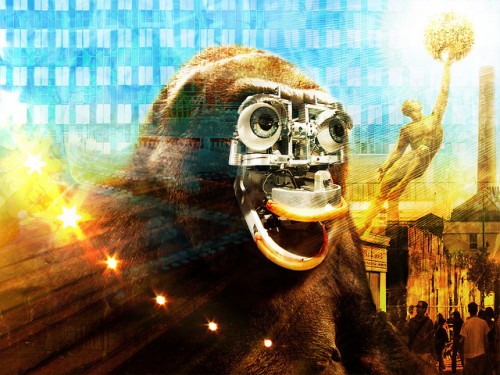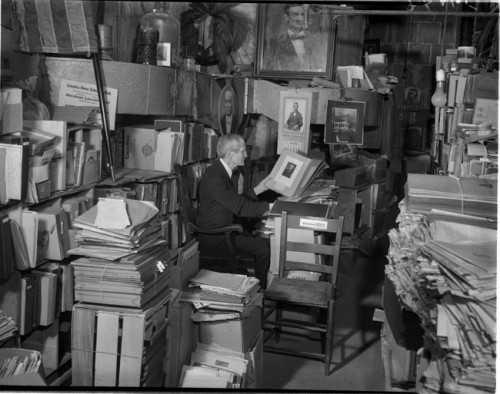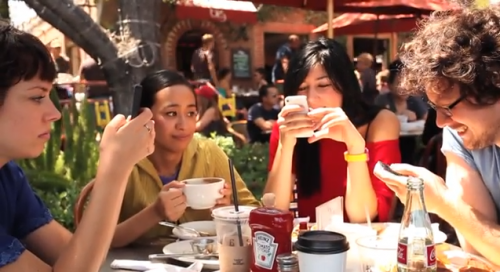Editors Note: This is based on a presentation at the upcoming Theorizing the Web 2015 conference. It will be part of the Protocol Me Maybe panel.
I’ve been researching hacking for a little while, and it occurred to me that I was focusing on a yet unnamed hacking subgenre. I’ve come to call this subgenre “interface hacks.” “Interface hack” refers to any use of web interface that upends user expectations and challenges assumptions about the creative and structural limitations of the Internet. An interface hack must have a technical component; in other words, its creator must employ either a minimal amount of code or demonstrate working knowledge of web technologies otherwise. By virtue of the fact they use interface, each hack has aesthetic properties; hacks on web infrastructure do not fall in this category unless they have a component that impacts the page design.
One of the most notable interface hacks is the “loading” icon promoted by organizations including Demand Progress and Fight for the Future in September 2014. This work was created to call attention to the cause of net neutrality: it made it appear as though the website on which it was displayed was loading, even after that was obviously not the case. It would seem to visitors that the icon was there in error; this confusion encouraged clicks on the image, which linked to a separate web page featuring content on the importance of net neutrality. To display the icon, website administrators inserted a snippet of JavaScript — provided free online by Fight for the Future — into their site’s source code. A more lighthearted interface hack is the “Adult Cat Finder,” a work that satirizes pornographic advertising in the form of a pop-up window that lets users know they’re “never more than one click away from chatting with a hot, local cat;” the piece includes a looping image of a Persian cat in front of a computer and scrolling chatroom-style text simply reading “meow.” The links to these, and other interface hacks, are included at the end of this post. more...










